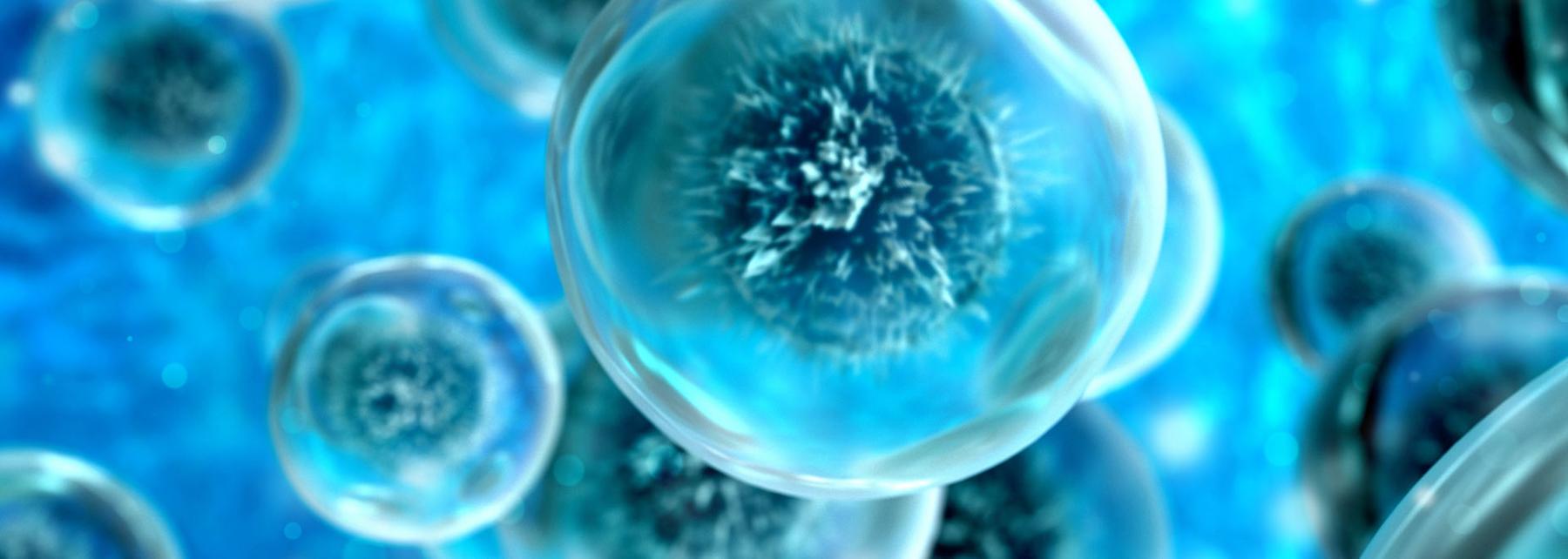
Modeling Cellular Respiration: How is the Mitochondrion the "Powerhouse" of the Eukaryotic Cell?
by Cristi Sims
This is best for high school AP/IB/Honors Biology students for using clay and miscellaneous items to model and then film their model of Cellular Respiration to better understand how the Electron Transport Chain generates energy in the form of a proton gradient that allows for simple diffusion of those protons through ATP Synthase which turns and attaches a phosphate group to ADP thus creating ATP, the chemical "power" of cells.
Lesson Plan Link/URL
https://docs.google.com/presentation/d/1dSBeYkBGJbZWCA4XSf1xw7hwnsUtRUYz/edit?u…Related Content

Grades:
9th Grade, 10th Grade, 11th Grade, 12th Grade
Students will use SEEK or other species identification tools to create a database of biodiversity on campus. The lesson starts with a discussion of the importance of biodiversity to the functioning of

Grades:
8th Grade, 9th Grade, 10th Grade, 11th Grade, 12th Grade
This lesson is designed to allow students the experience to move from an additive understanding in mathematics to a multiplicative understanding through this activity called Cootie Catcher. The

Featured
Makey Makey Storyboards
Grades:
Kindergarten, 1st Grade, 2nd Grade, 3rd Grade, 4th Grade, 5th Grade, 6th Grade, 7th Grade, 8th Grade, 9th Grade, 10th Grade, 11th Grade, 12th Grade
This lesson takes students through the process of creating an interactive storyboard using a Makey Makey circuit board. This lesson can be adjusted for any grade level with examples given in the 4th

